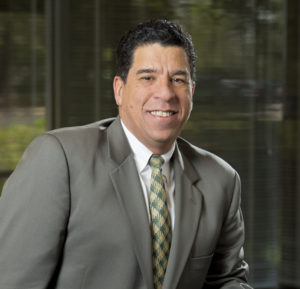By Scott Jordan, Dynamic Alternative Finance
Most business owners in the cannabis space will experience the need for capital to start or expand their business. While there are a variety of options when it comes to financing, there are a few important keys to being a smart borrower.
I speak frequently about the need to start the financing process off on the right foot. As a veteran of the commercial finance industry, I have helped dozens of cannabis businesses secure capital. The most common types of financing requests we see are for equipment, working capital, or real estate loans. I believe there are three P’s critical to getting financing to launch or grow your marijuana business: Plan, Prepare and Present to the right people.
Plan
During the planning phase, consider whether you’ll be seeking debt or equity. To understand which funding sources may be the best fit, start by asking yourself several questions. What will the money be used for? How much is required? What is the timeline to be able to repay the loan?
After answering a few important questions about your business and researching the types of financing sources available, decide whether a debt- or equity-based funding source is the best option.
Keep in mind, lenders look at things very differently than investors do. By nature, lenders are focused on the return on their investment with regular payments over a period of time at a set rate. This is different than an equity investor, who has a longer time horizon to be repaid and is seeking a significantly higher return on capital.
Prepare
Next, gather your financial documents, including your credit report, tax returns, personal financial statements, and any current company financials.
Consider having a CPA review or audit your financials before your meet with prospective lending sources, especially if you are considering debt-based options. Lenders are specifically interested in your balance sheet, income statement, and liabilities to confirm that you have the ability to repay your loan.
Once you have prepared your documents, it’s time to start formulating your business plan and executive summary for your presentations. An effective executive summary is a concise one- to two-page pitch describing your business, the funding you are seeking, and how the funding will be used. A 10-point guide to creating an effective executive summary is available here.
Present
Before you can present, you must have a solid grasp on your audience, which is why it’s important to determine early on the type of financing that may be suitable for the stage and trajectory of your business.
After identifying the appropriate financing source(s), it’s time to prepare for meetings. With your executive summary, business plan, and financials documents in order, you will be in a better position to make a good impression and obtain the funding you are seeking.
In my experience, answering questions directly and providing information quickly when requested are two keys to a successful meeting with a potential financing source. Lastly, ask thoughtful questions, such as “what are your funding criteria?” to help you learn more about what those funding sources consider important and to decide if you should continue to invest time and energy pursuing those relationships.
 Scott Jordan is Director of Business Development for Dynamic Alternative Finance. He has arranged over $27 million in loans and equipment leases for cannabis business owners in the past two years. Scott is a commercial finance expert known throughout the marijuana industry. He has been interviewed by local TV and radio stations, authored articles and been a featured speaker at national conferences. Reach him at 303.754.2050 or s.Jordan@dynaltfinance.com.
Scott Jordan is Director of Business Development for Dynamic Alternative Finance. He has arranged over $27 million in loans and equipment leases for cannabis business owners in the past two years. Scott is a commercial finance expert known throughout the marijuana industry. He has been interviewed by local TV and radio stations, authored articles and been a featured speaker at national conferences. Reach him at 303.754.2050 or s.Jordan@dynaltfinance.com.

Follow NCIA
Newsletter
Facebook
Twitter
LinkedIn
Instagram
–